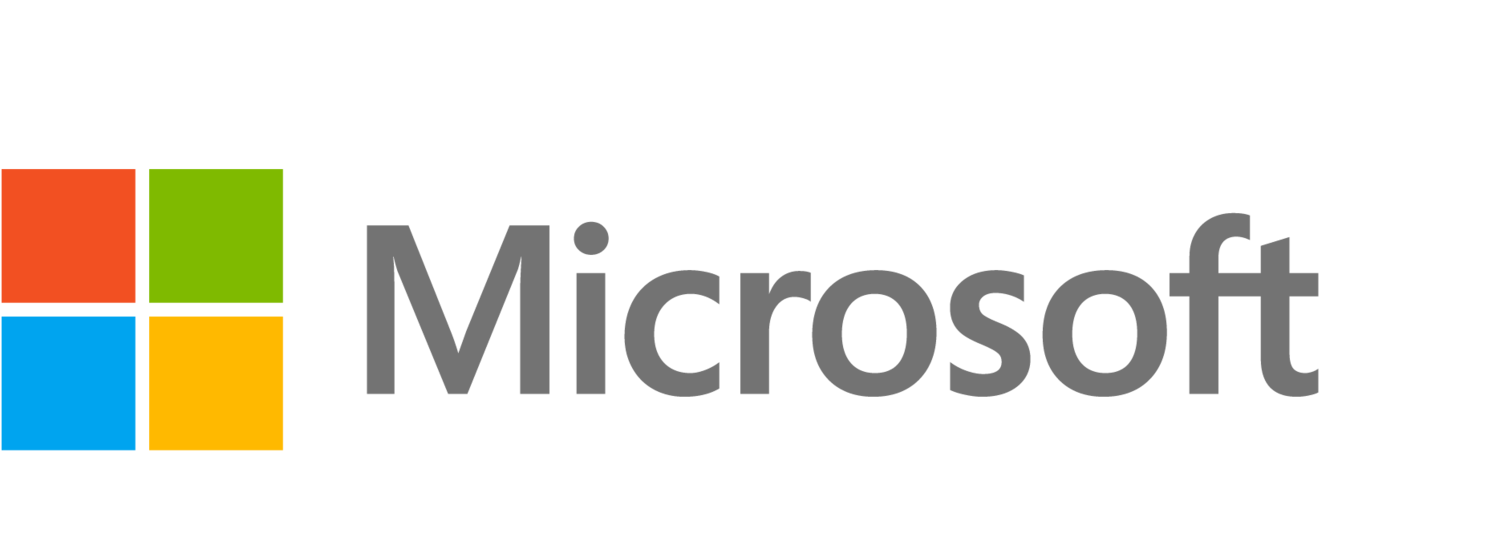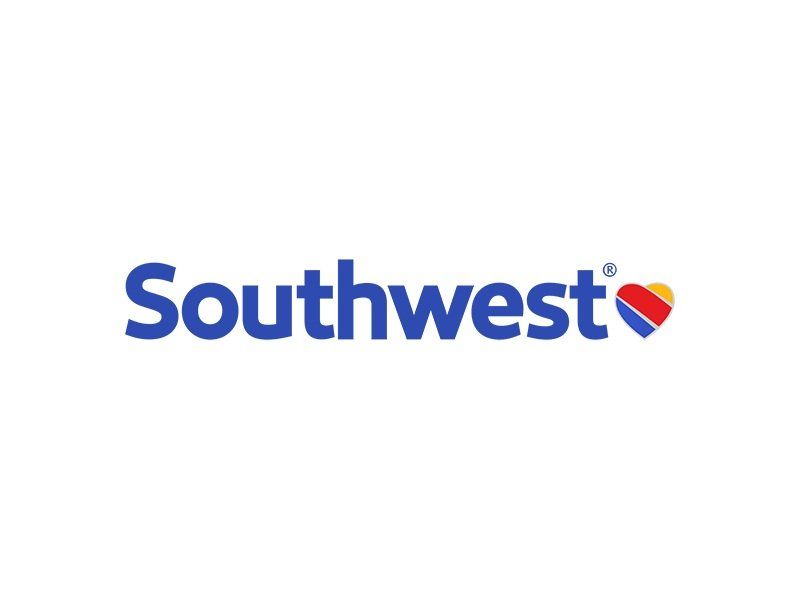My Money Grows
At Planned to A.T., Inc., we know that financial wellness is more than just managing money—it’s about building confidence, making informed choices, and setting a strong foundation for future success. That’s why our curriculum is designed to meet young people where they are, guiding them step-by-step through essential financial concepts. From understanding the basics of budgeting and setting S.M.A.R.T. goals to navigating paystubs, taxes, and the difference between needs and wants, our programs empower students with practical, real-world skills. Whether students aspire to be entrepreneurs, professional athletes, or simply financially independent, our curriculum equips them with the tools they need to thrive. Explore the sections below to discover how each of our programs fosters financial wellness, builds smart habits, and inspires a lifetime of financial wellness.
Money Memories
Planned to A.T., Inc.’s Money Memories program is designed to help students explore their personal experiences and beliefs about money, fostering open discussions to build financial confidence. By reflecting on whether financial topics are discussed at home and assessing their personal money ideologies, students gain a deeper understanding of their financial mindset. This interactive lesson creates a foundation for financial literacy by encouraging open “money talks,” making students more comfortable discussing finances. The goal is to break down barriers surrounding financial education, ensuring that young people feel empowered to take control of their financial futures.
S.M.A.R.T. Goals
Our S.M.A.R.T. Goals program teaches students how to set and achieve financial goals using the Specific, Measurable, Attainable, Realistic, and Timely (S.M.A.R.T.) framework. This lesson walks students through the process of evaluating their income sources, identifying a desired purchase, and creating a structured financial plan to reach that goal. By breaking down long-term aspirations into actionable steps, students learn how to develop disciplined saving habits and make informed financial choices. This skill set is crucial for young people as they begin managing their own money, whether for short-term expenses like school supplies or long-term investments like higher education.
Needs Vs. Wants
Planned to A.T., Inc.’s Needs vs. Wants program helps students distinguish between essential expenses and discretionary spending, fostering a more intentional approach to money management. Through guided discussions and self-assessments, students define their personal financial needs and evaluate their current spending habits. By recognizing where their money goes, they become more conscious of their financial decisions and learn how to prioritize necessities over short-term desires. This foundational skill is essential for developing responsible money habits, helping young people build a secure financial future.
Paystub Analysis
"Paystubs" introduces students to the essential components of a paycheck, helping them understand the difference between gross pay, net pay, and deductions. Through hands-on activities, students analyze paystubs, calculate take-home earnings, and explore how factors like taxes, benefits, and retirement contributions impact their final paycheck. Additionally, the program encourages students to research their ideal future lifestyle by estimating the cost of housing, transportation, and daily expenses. By comparing these costs to projected salaries in their chosen careers, students gain a realistic perspective on financial planning and income management.
Taxes
"Taxes" educates students on the fundamentals of taxation, including the different types of taxes that impact salaries, such as federal, state, and local income taxes, Social Security, and Medicare. Students explore how tax brackets work, why tax rates vary based on income and location, and how deductions can influence their final earnings. By breaking down complex tax concepts into practical, real-world applications, this program ensures students develop a foundational understanding of how taxes affect their financial future. The goal is to equip them with the knowledge needed to make informed financial decisions as they enter the workforce and begin earning an income.
Budgeting
Planned to A.T., Inc.’s Budgeting program teaches students the fundamentals of managing their money by introducing them to different types of expenses, bank statements, and budgeting strategies such as the 10-10-80 rule—allocating 10% to saving, 10% to giving, and 80% to living expenses. Through interactive exercises, students analyze real-world financial scenarios, categorize expenses, and create personalized budgets that reflect their financial goals. This hands-on approach helps students understand the importance of planning ahead, making informed spending decisions, and developing the discipline needed to maintain financial stability.








